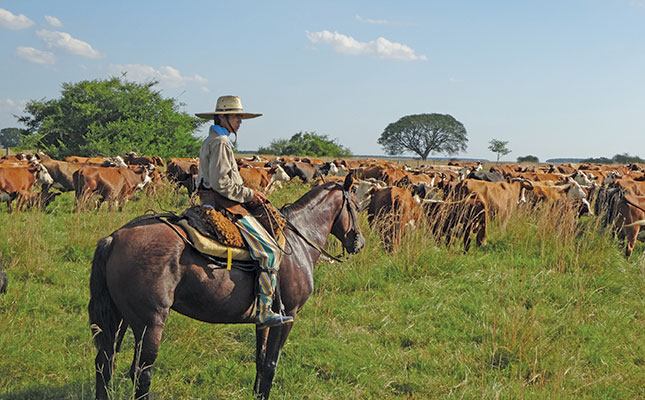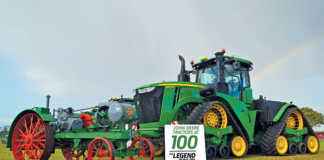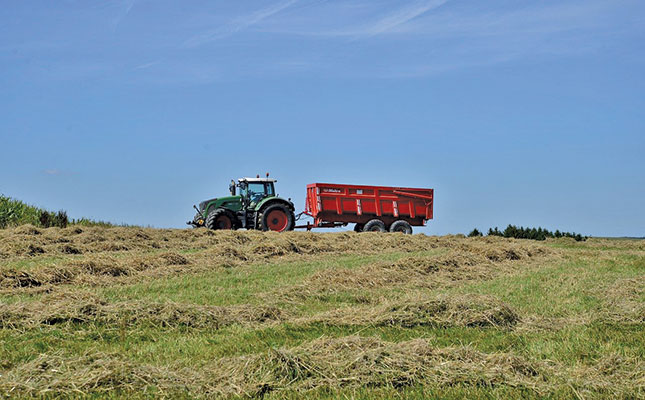
Photo: Pxhere
The enduring image of cowboys ‘riding the range’ has featured in countless films. Yet this isn’t simply the stuff of Hollywood or the ‘Wild West’; many modern feedlots realise that using good riders and trained horses to move and ‘cut’ cattle causes less stress than handlers on foot or wheeled vehicles. It’s also far cheaper.
Geldings make the best cattle horses, as they are not distracted by the ‘mating game’. A gelding will often bond as strongly to its rider as a dog does to its owner.
A skilled craft
It can be difficult to find riders who have the temperament to bond with and care for a horse. One possible solution to this problem is to recognise the value of such riders and pay them what they are worth. Apart from attracting good candidates, this will give them more standing and self-confidence in the community.
Employees who drive tractors often look down on their colleagues who ride horses, but this snobbery is misplaced; these riders are skilled and valuable employees.
Prof Temple Grandin, a renowned animal scientist at Colorado State University in the US, emphasises the importance of having a relaxed herd, a relaxed horse and a relaxed rider who quietly anticipates the behaviour of the cattle.
Contented cattle will move steadily with their heads down. After grazing, they will find a cool, quiet area to doze and ruminate. In hot climates, this is often at night, when predators can be a threat. In this case, allowing the horses to sleep with the herd will provide some protection as well as help the species get used to each other.
In the wild in Africa, wildebeest and zebra sleep and graze together, with the bovids chewing on the long grass and the equids thereafter feeding on the shorter grass leaves and stems. The manure from each species, in turn, nourishes the savannah.
Correct control of cattle
Whipping, shouting and galloping around cattle is a waste of time and energy. Three factors are essential to success: patience, good stockmanship, and good horsemanship. The animals have to get used to a rider gradually, and this can only happen if the rider moves slowly around and through the herd at a walk or slow trot.
An animal is surrounded by a ‘flight zone’; if a perceived threat approaches too close, the animal will move a safe distance away from the danger. A tame animal has a smaller flight zone.
To get cattle moving in the right direction, the rider has to enter these flight zones in a specific way; in other words, approach the animals from the correct angle. A cow’s ‘point of balance’ is just in front of its shoulder; if the rider moves into the flight zone behind the point of balance, the cow will move forward in the same direction its head is pointing. (The rider also needs to watch the cow’s ears, as its body will follow in the direction the animal is looking.)
The rider should not try to control the herd directly from behind. Because they cannot see the rider, the cattle will keep turning away.
Watch how riders employ these principles to control cattle.
Dr Mac is an academic, a practising equine veterinarian and a stud owner.











